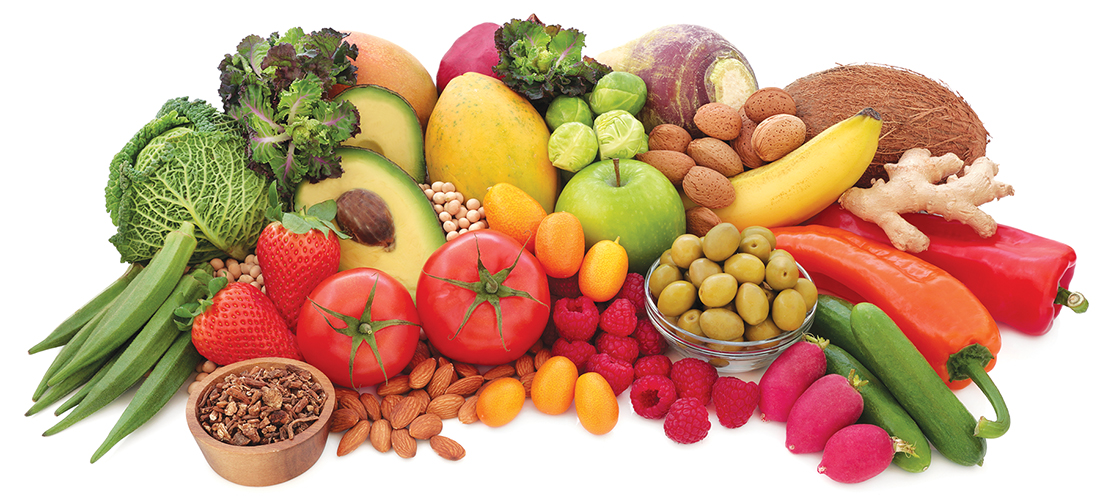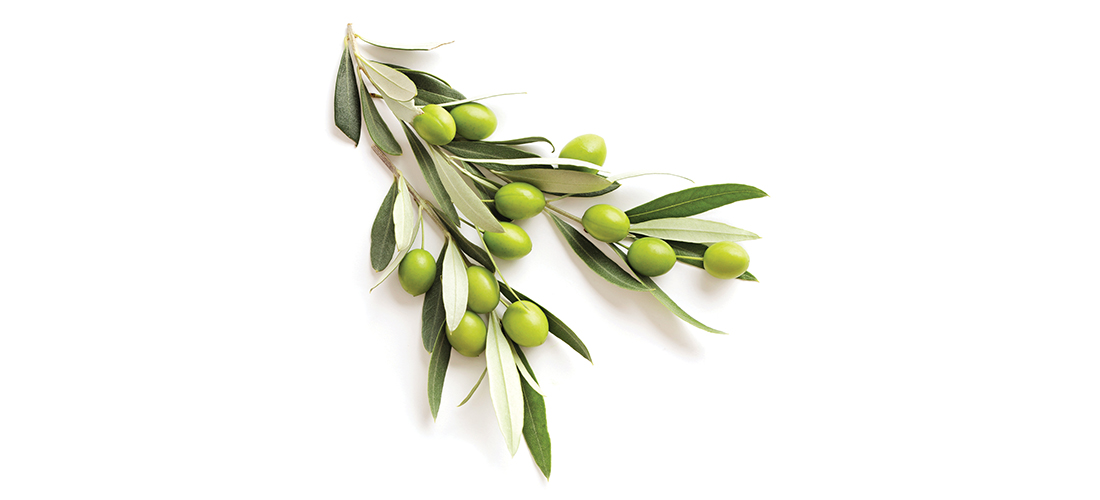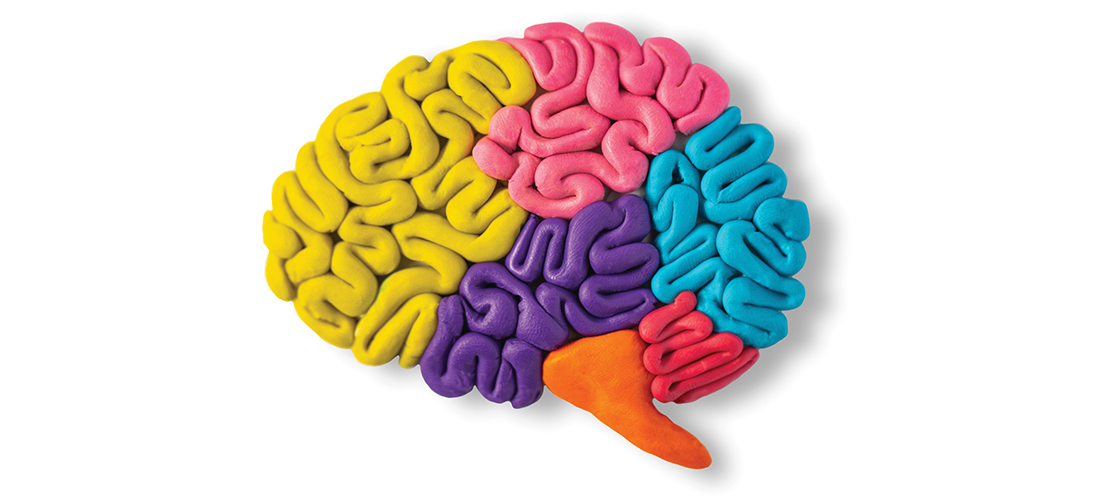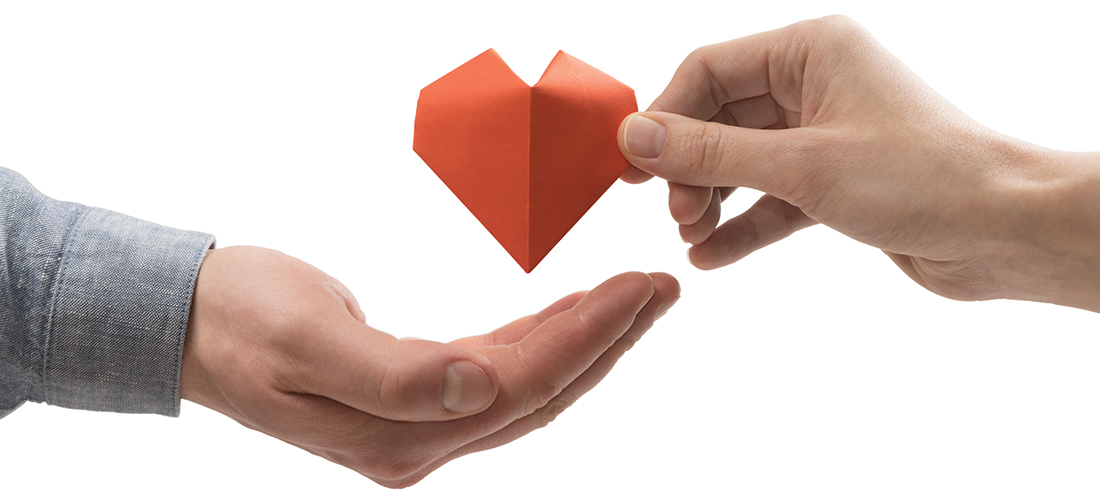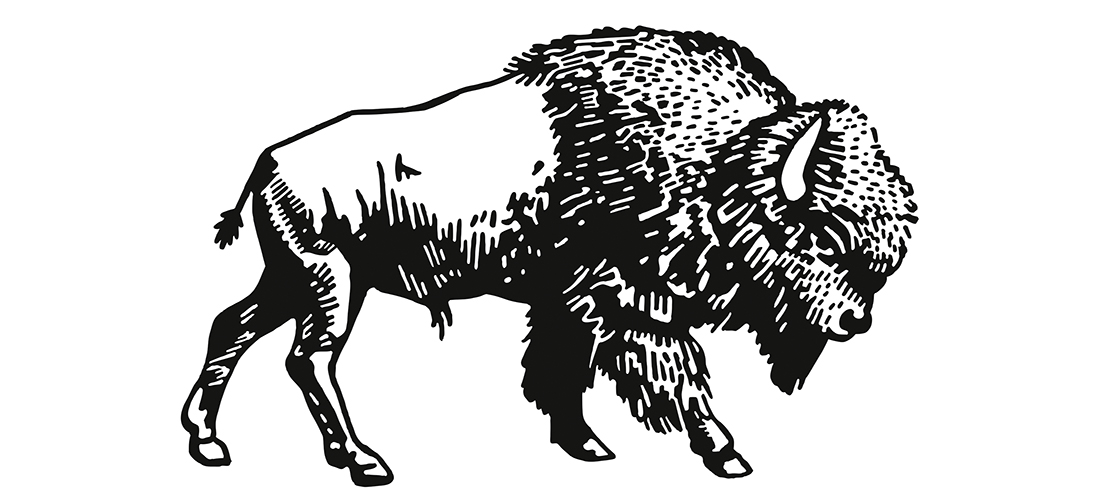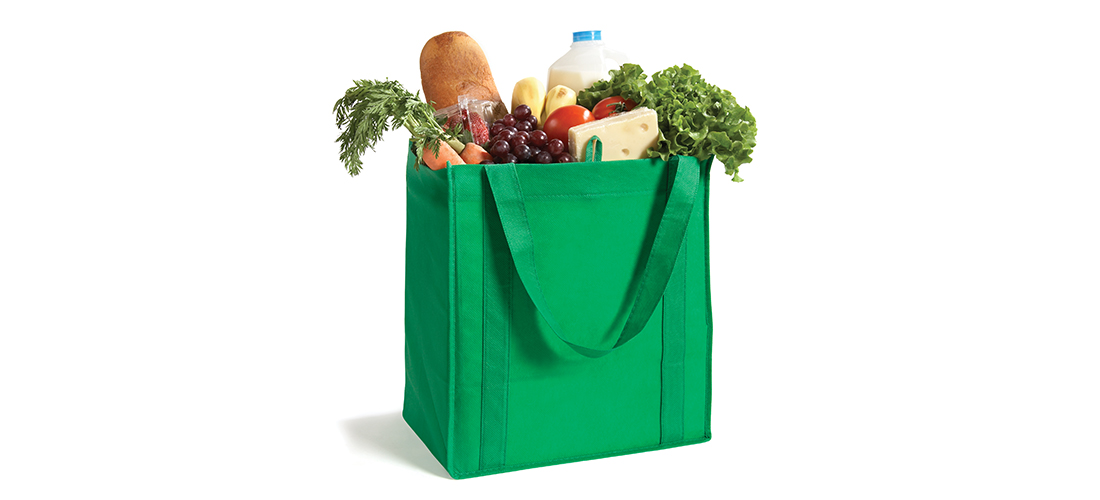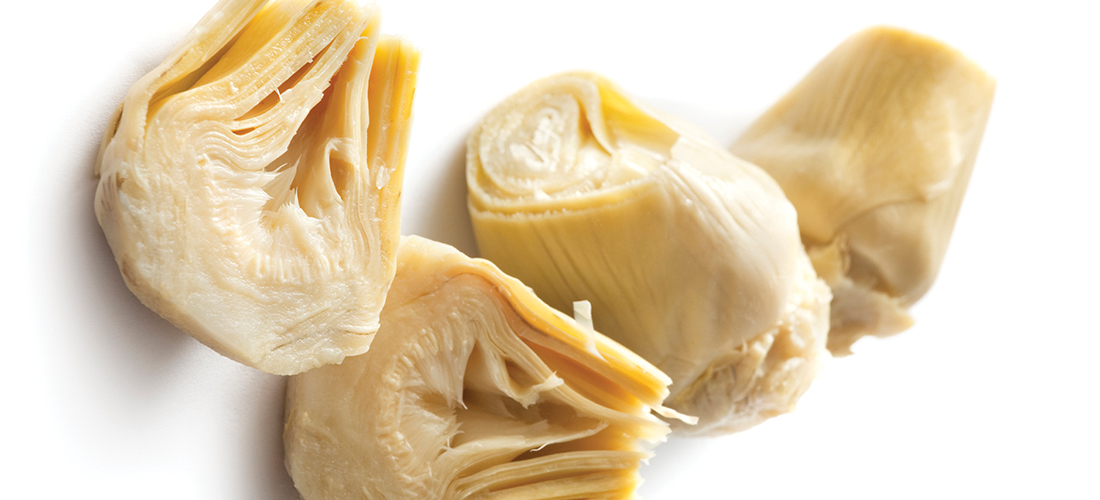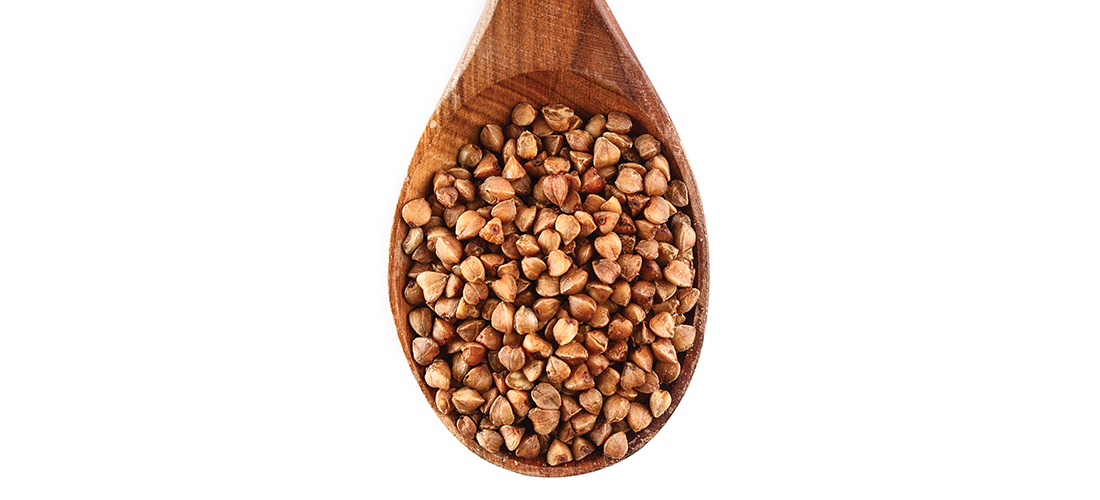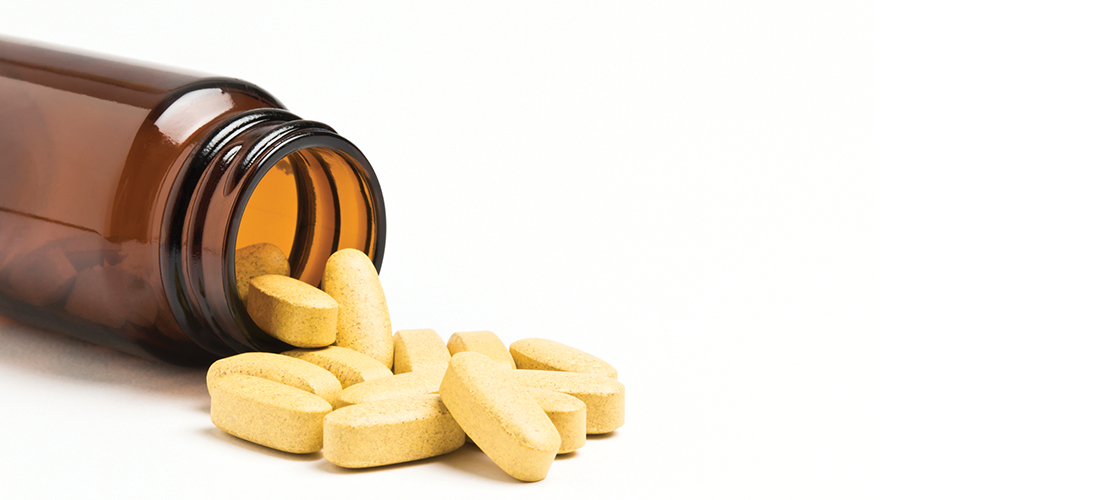What’s Your pH?
Finding balance in the body
By Karen Frye
There has been much study and information published about the importance of balancing our body’s pH level. The term pH (potential of hydrogen) refers to the acidity or alkalinity of a substance. If you have a fish tank or a swimming pool, you understand that maintaining the proper pH balance is very important. The theory is relevant to the human body as a way to reduce the risk of many diseases. When the clear fluids like saliva remain in the healing pH range of 7.1 to 7.5, a slightly alkaline condition, the body is able to perform cellular repair and maintain good health.
Lack of pH balance can lead to poor health. A few of the conditions of an over-acidic body are arthritis, high blood pressure, diabetes, tooth decay, osteoporosis, asthma and fibromyalgia. Nearly all degenerative, chronic disease thrives in an over-acidic state of health. One way back to better health is finding that acid/alkaline balance your body works hard to maintain.
Our body is designed to be self-healing. When there is a balance of alkaline and acid, the body can repair itself. The food we eat directly influences the state of our health. Changing your diet is one of the tools to balance pH and maintain the proper balance of the bodily fluids that impact every cell in the body.
Sometimes the change can be a radical one, especially if you eat the standard American diet. A diet of highly processed and refined food, lacking enzymes and nutrients, can, over time, create major stress on the body because of over-acidity. An acidic condition wreaks havoc on the major organs, glands, bones and teeth.
It is also important to know that you do not want to be too alkaline, as the vital organs and muscles need to remain in the slightly acidic pH range. The blood seeks to stay in the constant pH of 7.365 to 7.425 to maintain homeostasis.
What should you eat, and what should you avoid? There are many books that contain vast amounts of information about the foods you need to include in your diet. Vegetables are at the top of the list; they contain the most alkaline-forming nutrients. Red, yellow, purple, and especially the greens; almonds, Brazil nuts, raisins, dates, and fruits are the way to go (citrus fruits are thought of as being acid-forming, but actually have an alkalizing effect in the body).
Another item you can add to the list is raw apple cider vinegar. The acid-forming foods include all refined and processed foods, flour-based food and grains, dairy, most nuts and seeds, sugar and food with added sugar, along with most drugs including aspirin, coffee, tea, soft drinks and alcohol. You can find a complete list in books, and online.
Checking your pH is easy. You can find the litmus paper at most natural foods stores (like Nature’s Own) or a pharmacy. You use the paper to test the saliva and urine. There is a color strip included to measure your readings. Usually once a week is enough. There are pH balancing drops available that you can add to your water daily to help you achieve your “perfect health” balance. The long-term results are worth all your efforts as you gradually see and feel your health conditions improve. PS
Karen Frye is the owner and founder of Nature’s Own and teaches yoga at the Bikram Yoga Studio.

